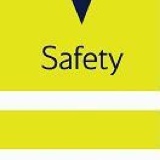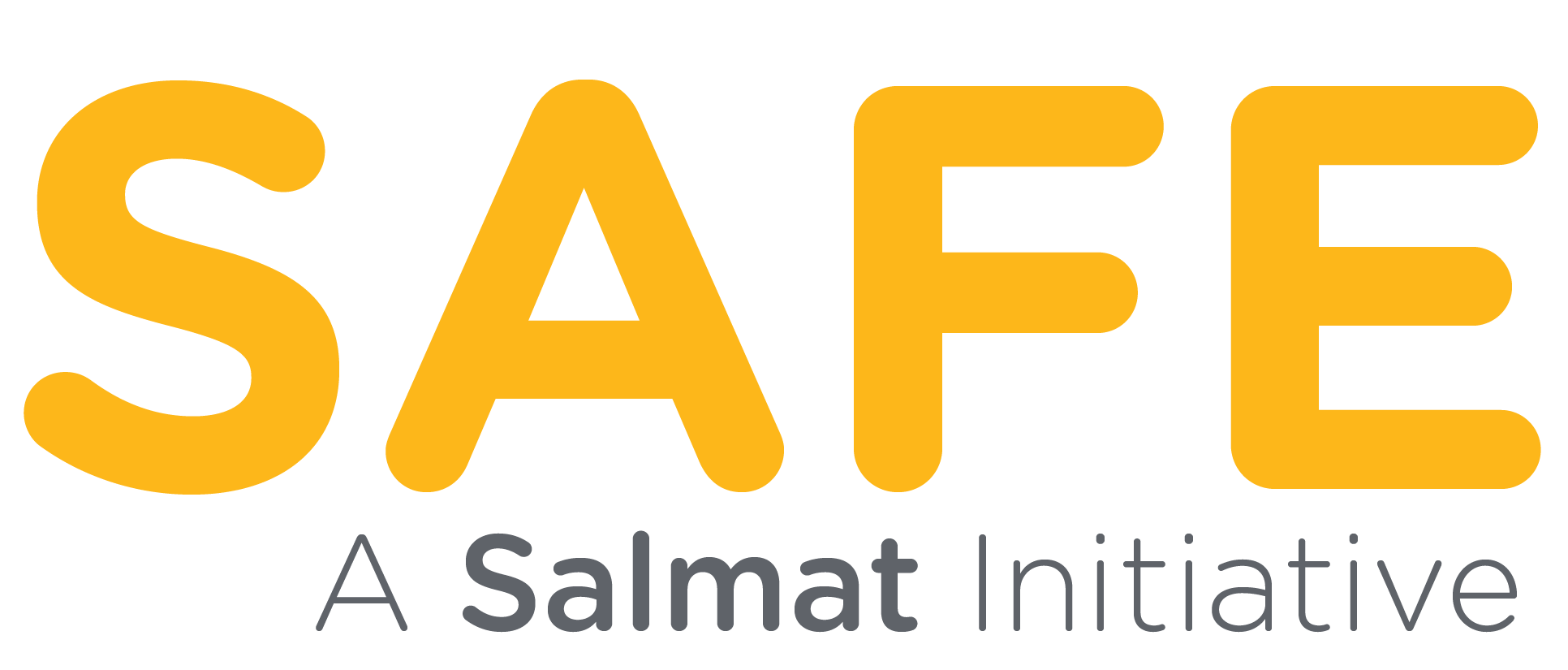Title Page
9 Waste Wak Information
-
Facility Name
-
Date of Wate Walk
-
Associate Observing Waste
-
Observation Source
- Gemba Waste Walk
- 5-Habits Safety Walk
- 5-habits Pride Walk
- Coaching for Methods (CMO)
- SQF Audit
- Energy Walk
-
Department
- Operations
- Admin / Office
- Maintenance
- Human Resources
- Transportation
- Legal
Waste Identification
WASTE TYPES DESCRIBED
-
Defects - Efforts caused by rework, scrap or incorrect information.
Over Production - Production that is more than needed or before it is needed.
Wait Time - Wasted time waiting for the next step in a process.
Non-Value Processing - More work or higher quality than required by the customer.
Transport - Unnecessary movements of product and material.
Inventory - Excess products and material not being processed.
Motion - Unnecessary movement of people (e.g., walking).
Employee Potential - Under-utilizing people's talent, skills and knowledge.
Safety - Lost time or under-utilization of people, due to injury.
WASTE OBSERVATIONS
-
Select for Waste Observation 1
-
Select observed type of waste.
- Defect
- Over Production
- Waiting
- Non-Value Processing
- Transport
- Inventory
- Motion
- Employee Potential
- Safety
-
Briefly describe observed waste.
-
Enter affected process (NA if not applicable).
-
Take or select Picture to show waste.
-
Draw Spaghetti Flow Diagram to illustrate waste.
-
Select for Waste Observation 2
-
Select observed type of waste.
- Defect
- Over Production
- Waiting
- Non-Value Processing
- Transport
- Inventory
- Motion
- Employee Potential
- Safety
-
Briefly describe observed waste.
-
Enter affected process (NA if not applicable).
-
Take or select Picture to show waste.
-
Draw Spaghetti Flow Diagram to illustrate waste.
-
Select for Waste Observation 3
-
Select observed type of waste.
- Defect
- Over Production
- Waiting
- Non-Value Processing
- Transport
- Inventory
- Motion
- Employee Potential
- Safety
-
Briefly describe observed waste.
-
Enter affected process (NA if not applicable).
-
Take or select Picture to show waste.
-
Draw Spaghetti Flow Diagram to illustrate waste.
-
Select for Waste Observation 4
-
Select observed type of waste.
- Defect
- Over Production
- Waiting
- Non-Value Processing
- Transport
- Inventory
- Motion
- Employee Potential
- Safety
-
Briefly describe observed waste.
-
Enter affected process (NA if not applicable).
-
Take or select Picture to show waste.
-
Draw Spaghetti Flow Diagram to illustrate waste.
-
Select for Waste Observation 5
-
Select observed type of waste.
- Defect
- Over Production
- Waiting
- Non-Value Processing
- Transport
- Inventory
- Motion
- Employee Potential
- Safety
-
Briefly describe observed waste.
-
Enter affected process (NA if not applicable).
-
Take or select Picture to show waste.
-
Draw Spaghetti Flow Diagram to illustrate waste.
-
Select for Waste Observation 6
-
Select observed type of waste.
- Defect
- Over Production
- Waiting
- Non-Value Processing
- Transport
- Inventory
- Motion
- Employee Potential
- Safety
-
Briefly describe observed waste.
-
Enter affected process (NA if not applicable).
-
Take or select Picture to show waste.
-
Draw Spaghetti Flow Diagram to illustrate waste.
-
Select for Waste Observation 7
-
Select observed type of waste.
- Defect
- Over Production
- Waiting
- Non-Value Processing
- Transport
- Inventory
- Motion
- Employee Potential
- Safety
-
Briefly describe observed waste.
-
Enter affected process (NA if not applicable).
-
Take or select Picture to show waste.
-
Draw Spaghetti Flow Diagram to illustrate waste.
-
Select for Waste Observation 8
-
Select observed type of waste.
- Defect
- Over Production
- Waiting
- Non-Value Processing
- Transport
- Inventory
- Motion
- Employee Potential
- Safety
-
Briefly describe observed waste.
-
Enter affected process (NA if not applicable).
-
Take or select Picture to show waste.
-
Draw Spaghetti Flow Diagram to illustrate waste.
-
Select for Waste Observation 9
-
Select observed type of waste.
- Defect
- Over Production
- Waiting
- Non-Value Processing
- Transport
- Inventory
- Motion
- Employee Potential
- Safety
-
Briefly describe observed waste.
-
Enter affected process (NA if not applicable).
-
Take or select Picture to show waste.
-
Draw Spaghetti Flow Diagram to illustrate waste.
-
Select for Waste Observation 10
-
Select observed type of waste.
- Defect
- Over Production
- Waiting
- Non-Value Processing
- Transport
- Inventory
- Motion
- Employee Potential
- Safety
-
Briefly describe observed waste.
-
Enter affected process (NA if not applicable).
-
Take or select Picture to show waste.
-
Draw Spaghetti Flow Diagram to illustrate waste.
Review
9 WASTE REVIEW
-
Signature of associate observing waste.
-
Signature of reviewing manager.













